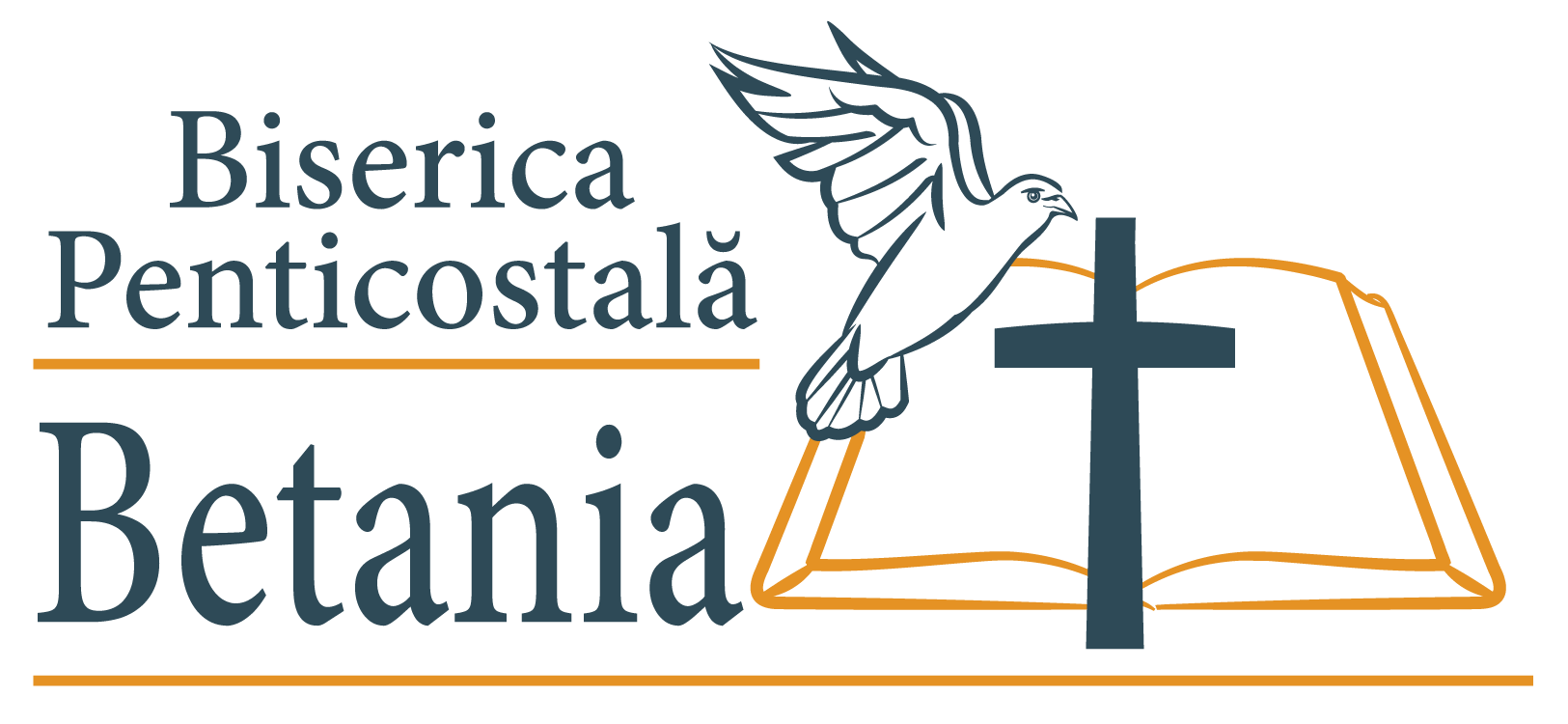10 octombrie
10 octombrie
Vineri, 10 octombrie 2025, Ioan 6:1-71
Ioan 6 este cel mai lung capitol din Evanghelia după Ioan. Această Evanghelie este scrisă „ca să credeţi că Isus este Hristosul, Fiul lui Dumnezeu, şi crezând să aveţi viaţa în Numele Lui” (20:31).
Capitolul 6 este unul dintre cele mai teologice: pornește de la experiența înmulțirii pâinilor, continuă cu umblarea pe mare, culminează cu discursul despre Pâinea vieții rostit în sinagoga din Capernaum și se încheie cu reacțiile de respingere ale ucenicilor nemulțumiți care Îl părăsesc pe Domnul.
1. Înmulţirea pâinilor – Semnul generozității lui Dumnezeu (vers. 1–15)
(a) Isus identifică nevoia mulțimii (vers. 1–5). El vede foamea reală a oamenilor și manifestă inițiativa compasiunii.
(b) Testul credinței (vers. 5–7). Filip este descurajat de calculele raționale. Din acest motiv trebuie să credem înainte de a înțelege – credința deschide calea înțelegerii.
(c) Puținul nostru pus în mâna lui Dumnezeu devine suficient (vers. 8–11). „Cinci pâini de orz şi doi peştişori.”
(d) Disciplina în administrarea resurselor (vers. 10–13). „Strângeți firimiturile rămase, ca să nu se piardă nimic.” (vers. 12)
(e) Mulțimea vrea să-L facă rege (vers. 15), însă Mântuitorul Se retrage.
2. Isus umblă pe apă – Autoritatea Sa asupra haosului (vers. 16–21)
(f) Marea este foarte agitată (vers. 16–18): „Eu sunt, nu vă temeți.” (vers. 20)
(g) Isus este stăpân peste natură și aduce pace în mijlocul fricii: „Văd pe Isus umblând pe mare şi apropiindu-Se de corabie. Şi s-au înfricoşat.” (vers. 19b)
3. Dialogul despre „Pâinea vieții” (vers. 22–59)
(h) Mulțimea caută semne, nu adevărul: „Mă căutaţi nu pentru că aţi văzut semne, ci pentru că aţi mâncat din pâinile acelea şi v-aţi săturat.” (vers. 26b)
(i) Isus este adevărata hrană care dă viață veșnică: „Eu sunt Pâinea vieții. Cine vine la Mine nu va flămânzi niciodată.” (vers. 35)
2. Reacția mulțimii și a ucenicilor (vers. 60–71)
(a) Adevărul lui Isus provoacă alegerea: credință sau respingere: „Doamne, la cine să ne ducem? Tu ai cuvintele vieții veșnice.” (vers. 68)
(b) Petru mărturisește credința (vers. 67–69): „Doamne, la cine să ne ducem? Tu ai cuvintele vieţii veşnice… Tu eşti Hristosul, Sfântul lui Dumnezeu.”
(c) Isus anunță trădarea lui Iuda: „…totuşi unul din voi este un drac. Vorbea despre Iuda, fiul lui Simon, Iscarioteanul, căci el avea să-L vândă.” (vers. 70–71)
Învață să-ți spui Evanghelia în mijlocul furtunii: „El este cu mine.”
Să ne rugăm pentru încredere și curaj în promisiunile Sale, care sunt veșnice.
Pastor Luigi Mițoi
Friday, October 10, 2025, John 6:1–71
John 6 is the longest chapter in the Gospel of John. This Gospel was written “that you may believe that Jesus is the Messiah, the Son of God, and that by believing you may have life in His name” (20:31).
Chapter 6 is one of the most theological: it begins with the experience of the feeding of the multitude, continues with walking on the sea, culminates with the discourse about the Bread of Life spoken in the synagogue at Capernaum, and ends with the reactions of rejection from the dissatisfied disciples who leave the Lord.
1. The Feeding of the Five Thousand – The Sign of God’s Generosity (vv. 1–15)
(a) Jesus identifies the need of the crowd (vv. 1–5). He sees the people’s real hunger and takes the initiative of compassion.
(b) The test of faith (vv. 5–7). Philip is discouraged by rational calculations. For this reason, we must believe before we understand – faith opens the way to understanding.
(c) Our little, placed in God’s hand, becomes sufficient (vv. 8–11). “Five small barley loaves and two small fish.”
(d) Discipline in managing resources (vv. 10–13). “Gather the pieces that are left over. Let nothing be wasted.” (v. 12)
(e) The crowd wants to make Him king (v. 15), but the Savior withdraws.
2. Jesus Walks on Water – His Authority Over Chaos (vv. 16–21)
(a) The sea is very rough (vv. 16–18): “It is I; don’t be afraid.” (v. 20)
(b) Jesus is Lord over nature and brings peace in the midst of fear: “They saw Jesus approaching the boat, walking on the water, and they were frightened.” (v. 19b)
3. The Discourse on “The Bread of Life” (vv. 22–59)
(a) The crowd seeks signs, not truth: “You are looking for Me, not because you saw the signs I performed but because you ate the loaves and had your fill.” (v. 26b)
(b) Jesus is the true food that gives eternal life: “I am the bread of life. Whoever comes to Me will never go hungry.” (v. 35)
4. The Reaction of the Crowd and the Disciples (vv. 60–71)
(a) The truth of Jesus provokes a choice—faith or rejection: “Lord, to whom shall we go? You have the words of eternal life.” (v. 68)
(b) Peter confesses his faith (vv. 67–69): “Lord, to whom shall we go? You have the words of eternal life. We have come to believe and to know that You are the Holy One of God.”
(c) Jesus announces Judas’s betrayal: “Have I not chosen you, the Twelve? Yet one of you is a devil.” He meant Judas, the son of Simon Iscariot, who, though one of the Twelve, was later to betray Him. (vv. 70–71)
Learn to preach your Gospel in the midst of the storm: “He is with me.”
Let us pray for trust and courage in His promises, which are eternal.

